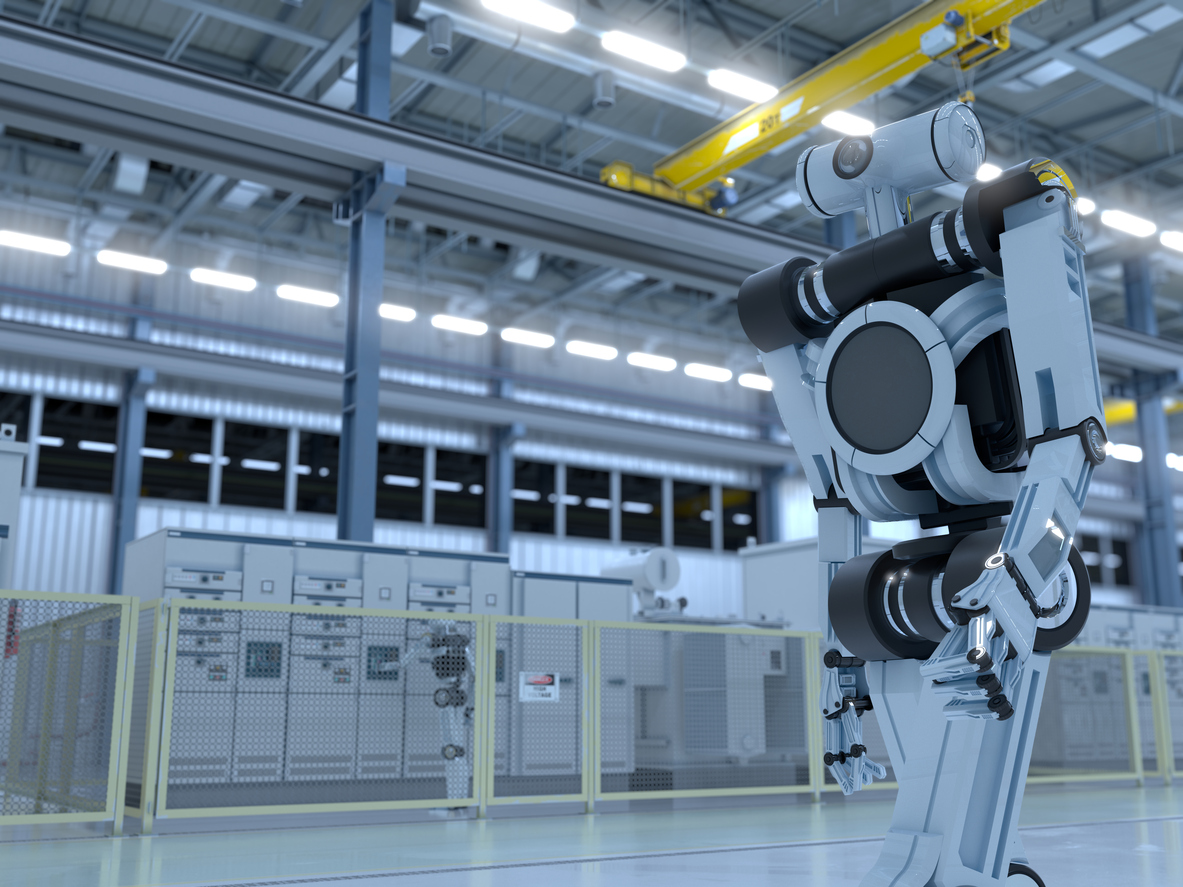The earliest industrial robots had no external sensors. They were unable to respond to information in their environment. Though there were uses for these robots, their limitations were obvious.
Different sensors were developed to facilitate interactivity. Among the most advanced: Machine vision.
 Machine vision uses cameras to collect "vision data." The data is processed using complex algorithms that help robots recognize objects and react to changing conditions in ways virtually no other sensor technology can match.
Machine vision uses cameras to collect "vision data." The data is processed using complex algorithms that help robots recognize objects and react to changing conditions in ways virtually no other sensor technology can match.
Machine vision entails huge programming and engineering challenges. However, things are rapidly improving for many reasons:
- More precise vision sensors capable of operating under different conditions;
- Programming and software design tools that accelerate system development;
- Greater processing power, bandwidth, and connectivity with other tools;
- Broader, more enthusiastic interest in opportunities machine vision offers.
What is the Future of Machine Vision?
In 2017 and beyond, three major challenges stand out:
Machine Vision Lighting
Environmental lighting has long been a wildcard in machine vision, requiring great precision to optimize performance. Experts will need to find ways to quantify lighting particulars that have traditionally been difficult to predict or record.
Surface Variance & Reflectivity
The reflection properties of metallic surfaces can confound even a well-designed system. In industry, however, many systems will need to interface with metallic parts. More robust quality control, from both a hardware and software perspective, may be needed.
3D Guidance & Modeling
As machine vision systems increasingly evolve from 2D to 3D specifications, they will need to process more data. By integrating machine learning, systems will be able to discriminate between acceptable and unacceptable output more effectively.
Robots with on-board machine vision were once a tiny minority. In the coming decade, however, new systems may well adopt machine vision en masse. Engineers will have to iterate quickly to optimize novel technologies and meet new challenges.
